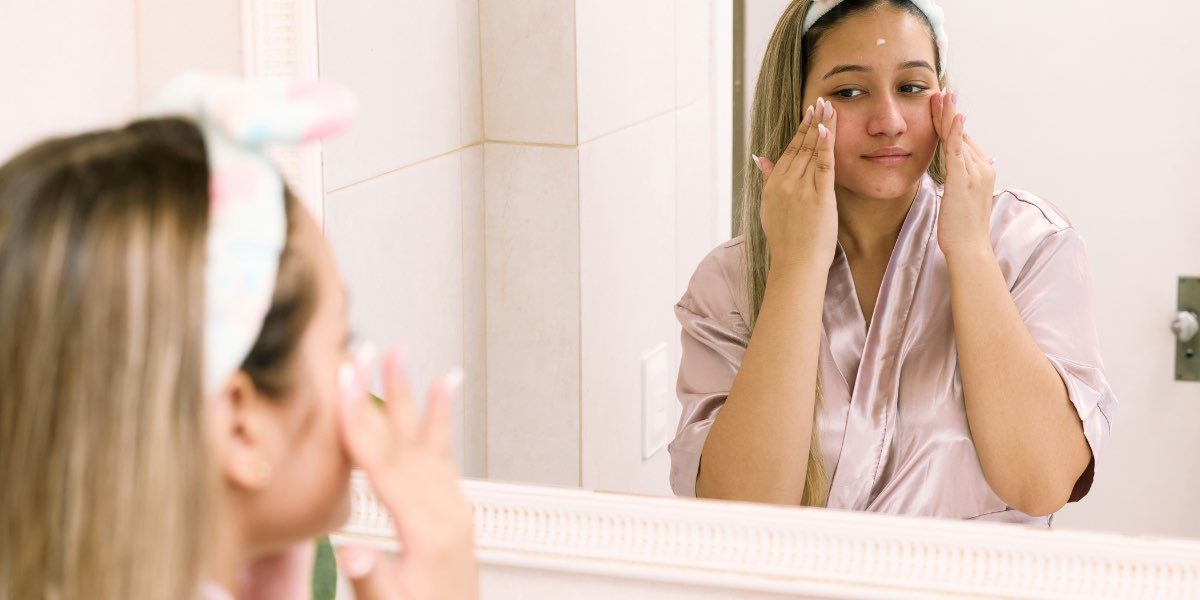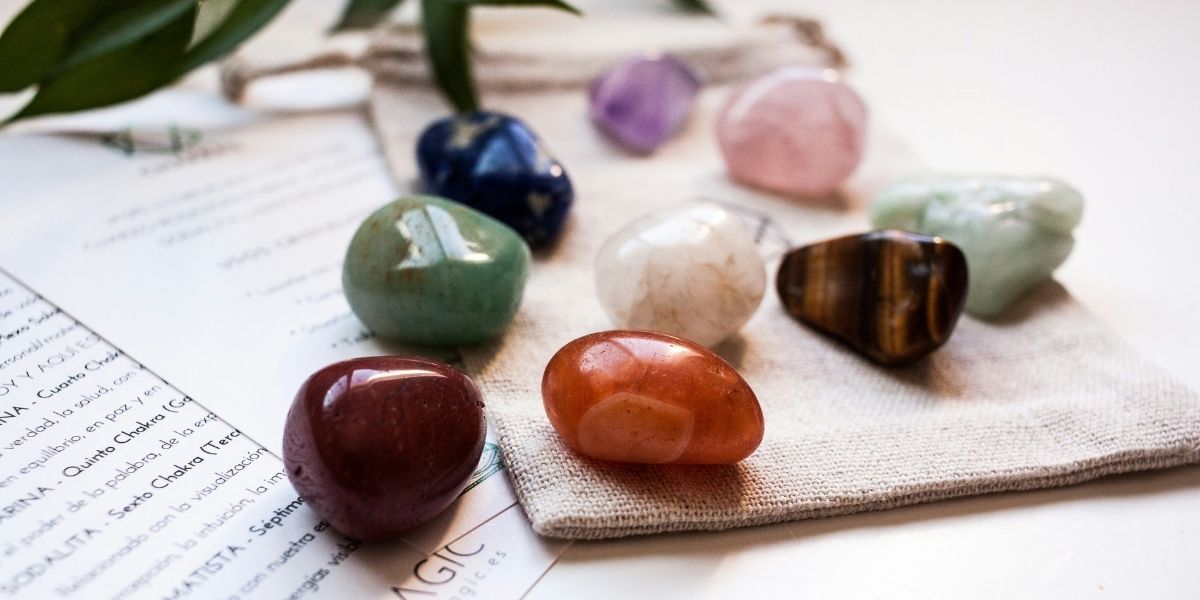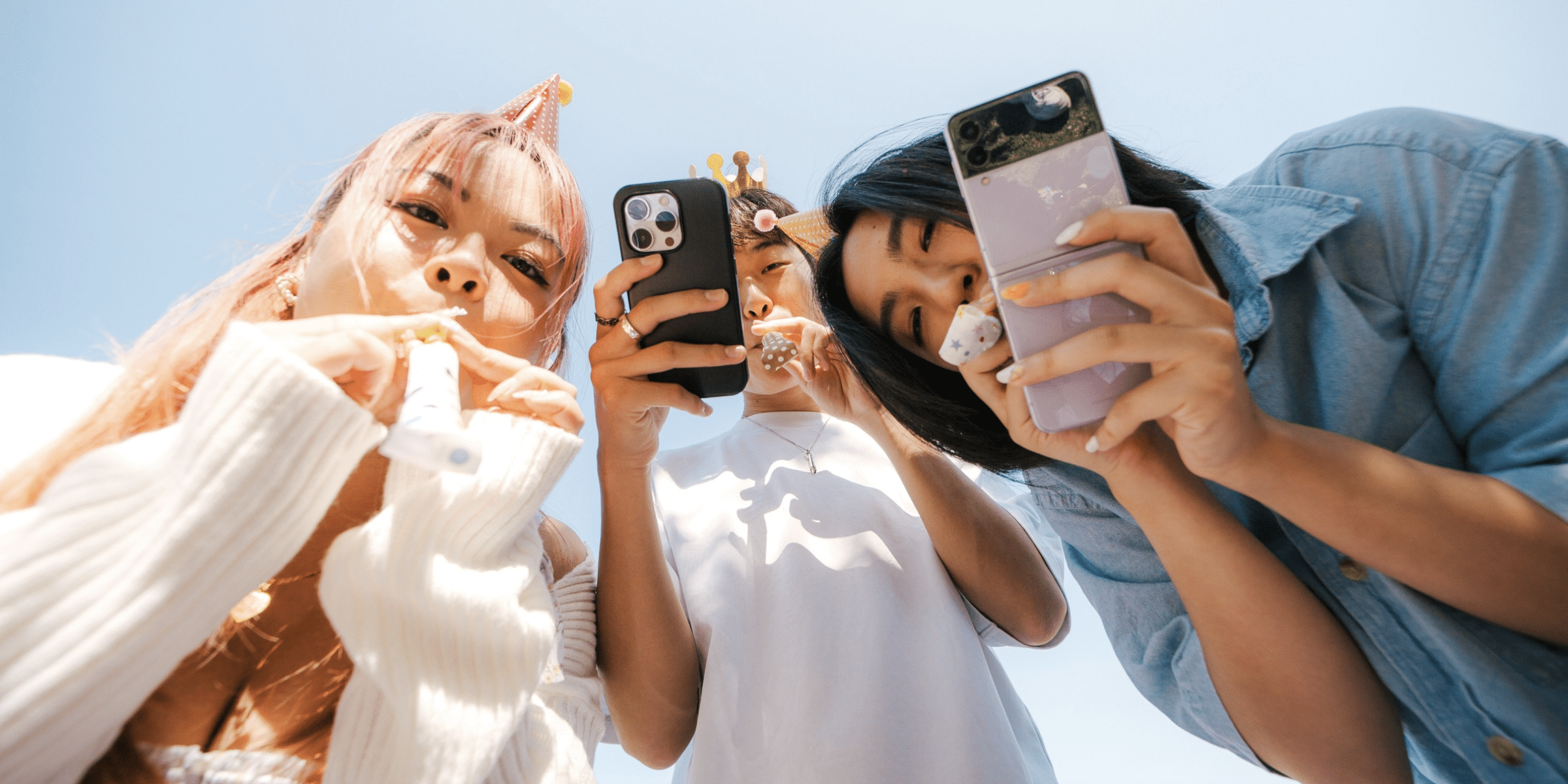The impact of beauty standards on teens is a well-discussed topic, as young people are frequently exposed to images and ideas that may shape their perceptions of themselves and others. The prevalence of these standards, often unattainable, can have a profound influence on self-image and mental health. Understanding why teens are so drawn to these ideals requires examining the various social, psychological, and cultural factors that influence their attraction to certain beauty norms. These factors interact with the developmental stage that adolescence represents, leading many teens to place significant value on appearance.
Read also: Exploring the Underrated Beauty of Thailand
How Do Social Media Platforms Shape Beauty Ideals?
Social media platforms play an undeniable role in influencing the beauty standards that teens internalize. With visual content at the forefront of these platforms, the pressure to present an idealized version of oneself is heightened. Many images shared on social media are carefully curated, edited, and filtered, which makes it challenging for teens to distinguish between altered images and reality. This can result in teens feeling as though they must emulate these seemingly perfect portrayals of beauty to fit in.
Teens often measure their own appearance against what they see on platforms like Instagram or TikTok, where content creators and influencers frequently post images that reflect certain beauty ideals. The frequent sharing of photos where facial features, body shapes, and overall appearance are often enhanced leads to the normalization of these looks. While some teens may be aware of digital alterations, the overwhelming presence of these images can still influence their perceptions of what is “normal.”
The way these platforms work—by offering validation in the form of likes, comments, and shares—can make appearance-based content feel like an essential part of a teen’s social currency. This focus on external validation can shift a teen’s attention toward appearance, creating a cycle where seeking approval based on looks becomes a dominant concern.
What Influence Does Traditional Media Have on Beauty Standards?
In addition to social media, traditional forms of media such as television, movies, and advertisements also reinforce narrow beauty ideals. Across various media outlets, the portrayal of attractive individuals tends to be quite uniform, with an emphasis on particular body types, facial features, and overall appearances. These portrayals do not always reflect the diversity of real people but rather present a filtered version of beauty that can feel out of reach for many teens.
Whether it is through advertisements that show a specific body type, or films that often cast young, conventionally attractive individuals, the media tends to favor certain looks. This consistent depiction of beauty can cause teens to internalize these ideals, especially as they navigate their own developing identities. It may lead them to feel that in order to be recognized or valued, they must conform to these media-defined standards of beauty.
The prevalence of edited and airbrushed images in magazines and commercials also perpetuates an unrealistic standard. While teens might not always be aware of the digital manipulation behind these images, the sheer volume of these portrayals can influence their idea of beauty. This effect is compounded by the emphasis placed on appearance, which is often linked to success, desirability, and social status in the media.
Why Do Teens Feel the Need to Conform to Beauty Standards?
Adolescence is a time of self-exploration, and during this period, external factors—such as peer influence and societal expectations—become particularly impactful. Teens are often in the process of forming their identities and learning how they fit into the social structures around them. The desire to belong and be accepted can make them particularly susceptible to the pressure to conform to beauty standards, as they may associate appearance with social acceptance.
Peer pressure is an important factor in this dynamic. Teens may feel compelled to look a certain way to align with the expectations of their social groups. As body image issues become a topic of conversation among peers, teens may find themselves striving to meet those expectations. This peer pressure can come in various forms, whether it is through direct comments or simply the prevailing trends within a peer group or school environment.
In addition to peer influence, many teens are increasingly aware of societal messages that equate physical attractiveness with worth. These messages, whether communicated through media or social interactions, can deepen the belief that beauty is a key component of social success. When teens observe that certain individuals receive more attention or praise for their appearance, it may reinforce the idea that being attractive is a way to gain value or recognition.
How Do Cultural Norms Shape Beauty Expectations?
Beauty standards are often deeply rooted in cultural and societal norms. These norms are passed down through generations and can change over time, but they often continue to emphasize specific physical traits. In many societies, beauty ideals are influenced by historical, social, and economic factors, and these ideals are often portrayed through media. Teens growing up in such environments are socialized to internalize these standards, which can affect their self-perception.
In many cultures, beauty is associated with certain attributes, such as being slim, having clear skin, or possessing symmetrical features. These attributes, in turn, are often linked to notions of success, happiness, or desirability. Teens, still in the process of understanding their place in society, may absorb these cultural values and attempt to align themselves with these ideals. As such, appearance becomes a way to meet these culturally defined expectations, further reinforcing the importance of beauty in their lives.
In addition to these cultural norms, global beauty standards often reflect a limited set of attributes. While these standards are starting to evolve, many teens still feel the pull to align with the most commonly represented features seen across media. This global pressure can result in teens feeling that their own appearance is inadequate or that they must undergo significant changes to match the ideal.
What Are the Psychological Impacts of Unrealistic Beauty Standards on Teens?
The psychological effects of trying to meet unrealistic beauty standards can be significant, with many teens experiencing negative emotions related to body image. The constant comparison to idealized representations of beauty can lead to feelings of inadequacy, low self-esteem, and dissatisfaction with one’s appearance. In some cases, this can manifest as body dysmorphia, where teens develop a distorted perception of their own bodies.
Teens may also feel pressure to engage in behaviors that prioritize appearance over health, such as extreme dieting or excessive exercise. The pursuit of these ideals may be associated with unhealthy habits that can negatively affect physical and mental health. These behaviors are often driven by the belief that achieving the “perfect” appearance will lead to social acceptance and success, further perpetuating a cycle of dissatisfaction and harmful habits.
In more severe cases, the internalization of unrealistic beauty standards can contribute to mental health issues such as anxiety, depression, and eating disorders. These challenges can affect a teen’s overall well-being and their ability to function in daily life, highlighting the importance of addressing the pressure to conform to these ideals.
Read also: The Power of Influencer Marketing for Business Success
How Can Teens Be Supported in Challenging Beauty Standards?
Supporting teens in navigating beauty standards involves creating an environment where they feel valued for more than just their appearance. Encouraging self-esteem and promoting a broader understanding of beauty that includes diversity in body types, skin tones, and facial features can help teens build a more positive sense of self. Conversations around beauty should focus on self-expression, confidence, and health, rather than solely on appearance.
Media literacy programs can also be valuable tools in helping teens understand the influence of digitally altered images. By learning to recognize the use of filters and editing, teens may be better equipped to critically assess the images they encounter and reduce the pressure to meet those standards. Educators, parents, and mentors can all play an important role in fostering healthy attitudes toward beauty and encouraging teens to embrace their individuality.
Moreover, creating spaces where teens can explore their identities outside of physical appearance is essential. Activities that emphasize skills, hobbies, and personal achievements help shift the focus from looks to personal growth, helping teens develop a more well-rounded sense of self-worth.
In conclusion, the attraction to unrealistic beauty standards among teens is influenced by a variety of social, psychological, and cultural factors. While these influences can shape how teens perceive themselves and others, it is important to foster an environment that supports diverse representations of beauty and promotes self-worth based on qualities beyond appearance.







